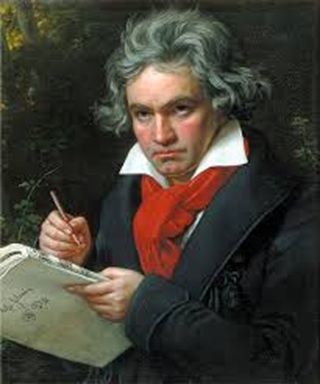5/22/2022 Personal Thoughts about Composers and Their Works - Dvořák
- Takeaki Iida

- May 23, 2022
- 3 min read
Updated: May 23, 2022
Chapter 6 Antonín Dvořák
(1841~1904, died at 62 years old)

Born in Nelahozeves (Mühlhausen) near Prague in the Czech Republic, after studying at an organ school, Dvořák played viola at the Czech National Opera under Smetana, the conductor of the theater. Dvořák was strongly influenced by Smetana who was a father and a creator of the Czech national music.
When Dvořák won the Austrian government scholarship, Brahms, one of judges to have determined the scholarship, showed the interest of Dvořák and gave Dvořák's career a boost, as a result his work came out to the world. Dvořák’s musical style was also strongly influenced by Brahms.

He married the alto singer, Anna Čermáková, stopped playing viola at the opera, and became the organist of the church. Brahms praised Dvořák's unique Slavic style, and since then the two have been united in a lifelong friendship. Especially, "Slavonic Dances Vol. 1", composed at the age of 37 at the request of Brahms's recommended publisher*①, made his name famous. During his successful journey to England several times, he suffered the misfortune of three toddlers, including his eldest daughter, dying one after another, and the masterpiece "Stabat Mater"*② found his sadness in the Virgin Mary. It is a cantata. He was also appointed as a professor at the Prague Conservatory, and traveled to the United States at the invitation of the National Conservatory of Music in the United States to compose the famous pieces like "Symphony No. 9" From the New World*③, "String Quartet No. 12", America *④, "Cello Concerto"*⑤ and within two years, he has composed one after another representative works. In addition, "Serenade in E major"*⑥ is also beautiful.

Czech nationalist music was pioneered by Smetana and spread internationally by Dvořák. Whereas Smetana set out nationalist symphonic poems and operas, Dvořák was strongly influenced by Brahms and had little influence by the Czech folk music, but rather displayed euphoria for the sweetness of nostalgia.
* ① The eight pieces of "Slavonic Dances Vol. 1", is composed in 1878 at the request of Simrock Publishing requesting Dvořák a work with the same style as Brahms' "Hungarian Dances". "Slavonic Dances Vol. 2", is composed in 1887 after the success of Vol. 1. In addition to the fun of folk music, "Slavonic Dances” can be enjoyed as orchestral music.
* ② "Stabat Mater" reminds me of singing all the songs in a concert hall in Tokyo in 1958 at the mixed chorus club that I belonged to throughout my high school and college days. This is truly a masterpiece that made me feel very calm when I listened to it this time. Rossini and others also composed "Stabat Mater,” and I would like to find time and listen to them when I get a chance. The below is a sheet music used in mixed chorus group when I was a student.

* ③ Symphony No. 9 "From the New World" is the last symphony of Dvořák and is a masterpiece with many performance opportunities. This was composed shortly after his assignment when he spent three years in New York as the principal of the American Conservatory. I can see the influence of American music to some extent, but the nostalgia from the United States to Bohemia was much more strongly spelled out. "Symphony No. 8" is a symphony that also has many opportunities to be performed following "From the New World", and is said to be a masterpiece with many melodies that naturally flow. Since I still have few opportunities to listen to it, I didn't have much sympathy in the re-listening this time.
* ④ String Quartet No. 12 "America" (like "From the New World") is composed in the village of Iowa, where Czech immigrants live, during their stay in the United States. This is also a masterpiece of Dvořák that I love, with full of beautiful tunes that invite nostalgia.
* ⑤ "Cello Concerto" is also composed while staying in the United States. The transcendental technique of cello and the orchestra with a powerful sound are symphonically entwined. This is one of the best masterpieces of the cello concertos of all times.
* ⑥ "Serenade in E major" Op.22 is a five-movement work consisting of a string ensemble. This is a masterpiece with beautiful melodies that is comfortable to listen to, and is played only with strings.
For your reference, the table below shows the list of works by the composer that I listened to.

.png)



Comments